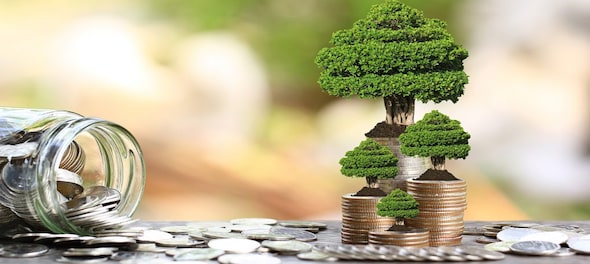
Recently a corporate social responsibility (CSR) head of a firm said that the real issue with allocating CSR spends is not how much to spend, but what to spend it on. "From healthcare to nutrition, from education to vocation; there are so many things that can be done for uplifting the lives of the marginalised. It is very tough to make a choice," he said.
We were discussing the recent report about the CSR spends of various corporates (including his own). One of the biggest issues, according to him, was how to allocate his spend on the different proposals that were made. Given the sheer scale of economic and social deprivation that is prevalent, getting the best impact for every rupee spent is not a privilege, but rather a need.
And this is where SROI or Social Return on Investment comes into the picture. Building on the popular statistical tool, SROI attempts to bring forth an empirical manner in which an investment can be evaluated in terms of its social impact.
A company that is setting up a primary school, for instance, will need to look beyond the monetary impact of how the money will be used in raising the educational standards within the community. It will also need to consider the long-term impact an education centre will have on the area, in terms of livelihood and business.
In short, the SROI evaluates the social impact of an activity and helps various stakeholders and beneficiaries understand its scope and challenges. SROI is also a business tool, which a company can use as a comparison matrix, while making investments and to create additional value in existing projects.
First Glances Can Be Deceptive
To be fair, evaluating the SROI is not as simple and fancy as it sounds. It is no 'Excel Sheet' stuff. Given the fact that intangibles are assessed in terms of monetary value, there is often scope for subjectivity. But then there are advisors and tools available that arrives at a distinctive number based on various parameters.
One of the most popular frameworks was created by the SROI Network (Social Value UK) based on the generally accepted accounting principles (GAAP).
The benefits accrued from an SROI analysis can be multi-fold. The tool can help arrive at decisions, formulate strategies and also communicate the impact. Typically, SROI analysis throws up a ratio of benefit to cost; for instance, a ratio of 100:1 implies that for every Re 1 spent, a social value of Rs 100 is created.
Let’s consider the case of the Mid-Day Meal Scheme that was launched by the government in 1995. Over the past two decades, the government initiative has become the biggest food programme in the world, feeding some 120 million children across India on a daily basis. The current total annual public expenditure on the scheme is about Rs 14,000 crore, around Rs 5 per child/per meal.
There is a direct correlation that can be drawn between the impact of the scheme and that of literacy, i.e. a reduction in the number of students dropping out. Yet, there are other social factors that also provide an indication of how the scheme has helped India fare better on the Sustainable Development Goals (SDG) such as reducing child malnutrition.
Social Return Calculations
The good thing about SROI analysis is that it is denoted in fiscal terms and is stakeholder-specific. The social return for each stakeholder is calculated separately, thereby discarding any sort of overlaps. For instance, there are many non-profit organisatins (NGO) like Akshaya Patra and Annamrita that are working as part of the Mid-Day Meal Scheme, and SROI can provide an idea of the impact of these NGOs, and the value they add to the movement.
Also, SROI can be calculated for future projects as well as ones that have concluded. Hence, even if a project has been evaluated without a SROI analysis, its impact can still be measured on the same scale.
In the end, SROI can be an interesting tool to help companies plan and evaluate their CSR spends. It encourages transparency and accountability throughout the process. Many companies in India are already using it, including the CSR head who spoke about the problem of allocation. His firm is using it a guiding principle for any CSR project.
With CSR spend in the country set to cross Rs 50,000 crore by 2019, tools like SROI can play a pertinent role in measuring the impact of these activities and ensuring that the money spent on social projects creates social value and not much else.
Shashwat DC is Features Editor at CNBC-TV18. He is closet-activist for sustainability and CSR, when not pondering over the future of humanity or contemplating the launch of the new Android phone.
First Published: Nov 15, 2018 6:01 AM IST
Check out our in-depth Market Coverage, Business News & get real-time Stock Market Updates on CNBC-TV18. Also, Watch our channels CNBC-TV18, CNBC Awaaz and CNBC Bajar Live on-the-go!


In Andhra Pradesh's silk hub, weavers' cry for help echoes through election season
May 3, 2024 12:24 PM
Feroze Gandhi to Rahul Gandhi: Rae Bareli's tryst with Congress
May 3, 2024 11:36 AM
Rahul Gandhi to contest from Raebareli, close aide KL Sharma from Amethi
May 3, 2024 8:39 AM
BJP's Hindi heartland dominance faces test in phase 3 polls
May 2, 2024 9:14 PM

